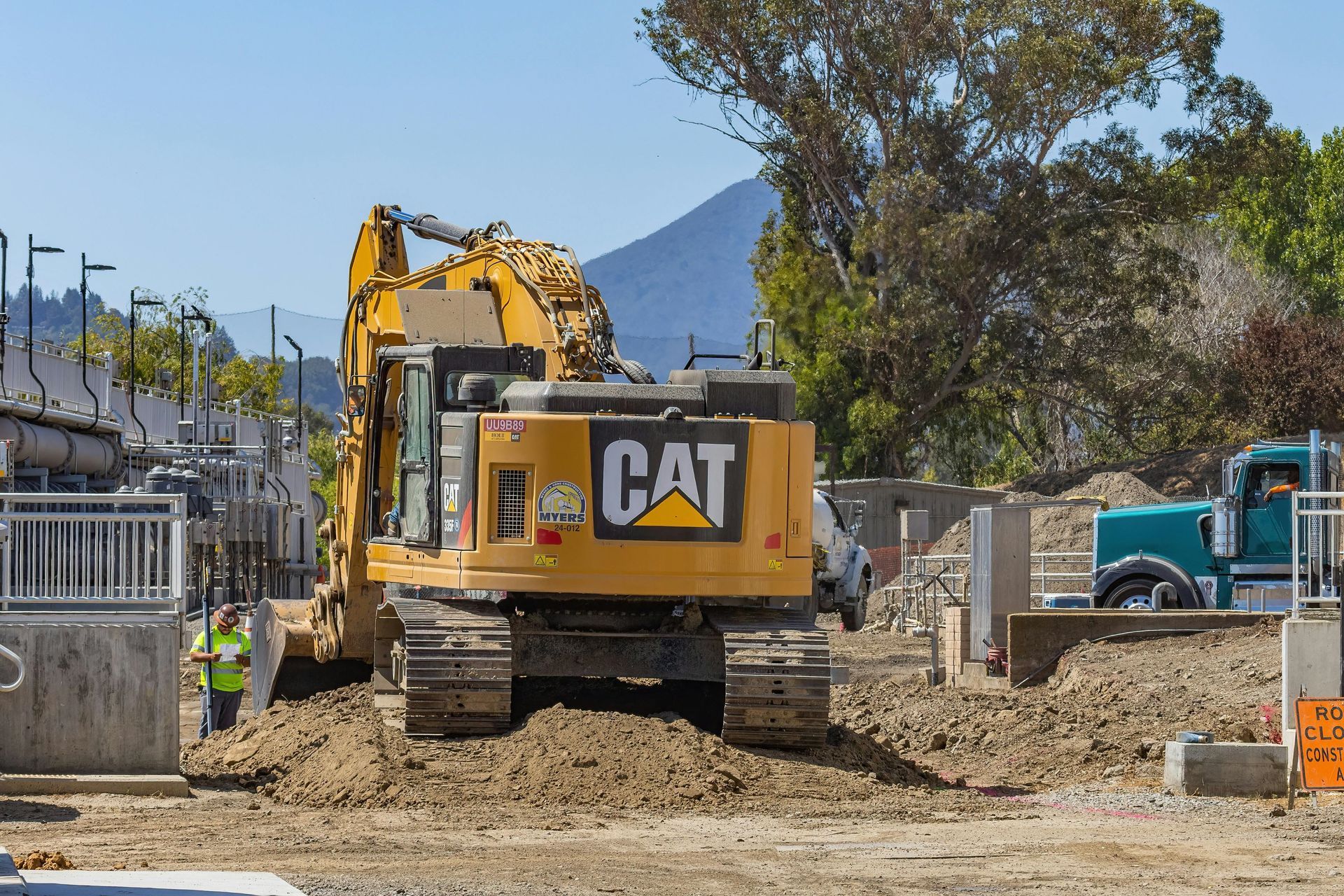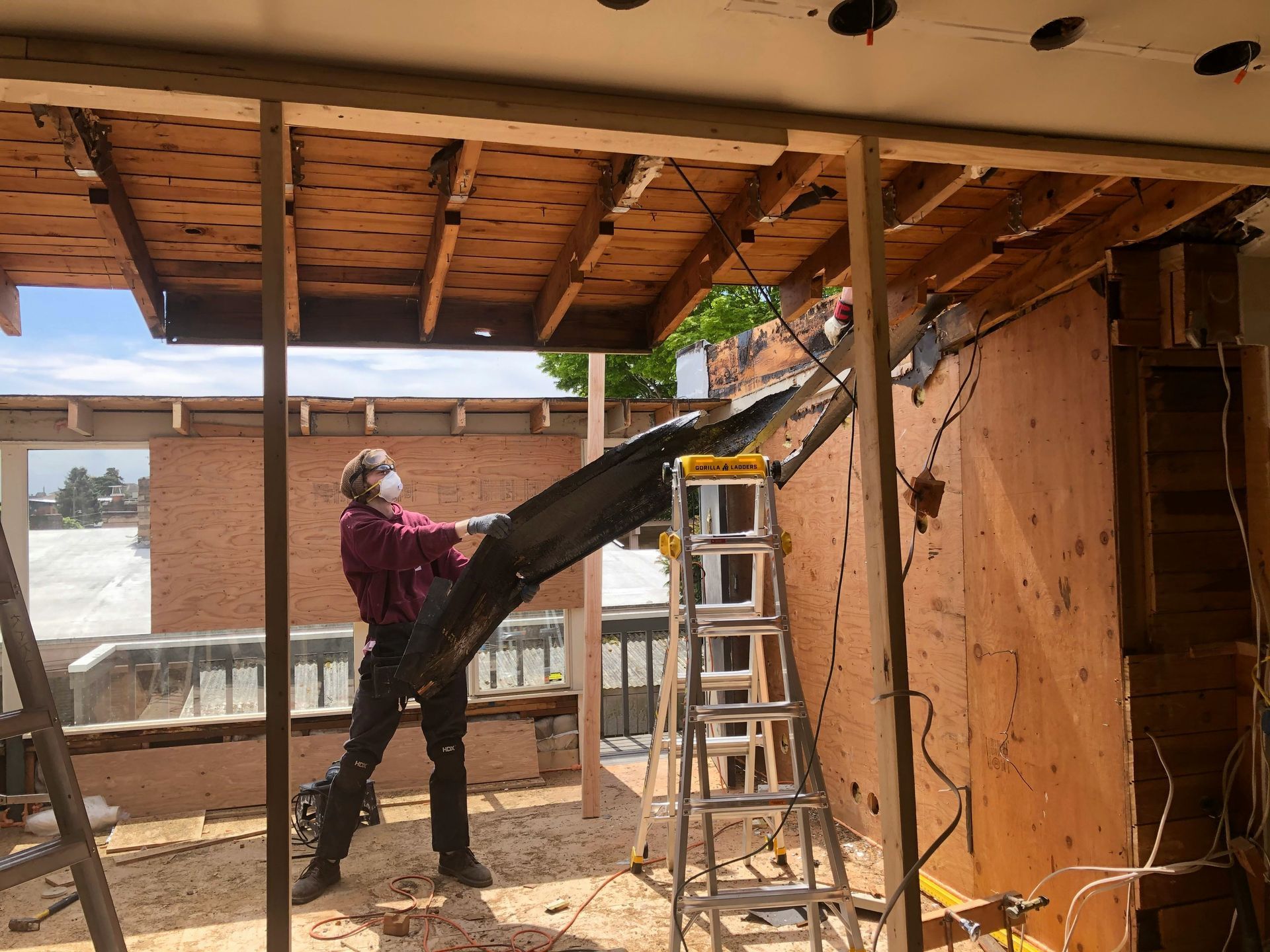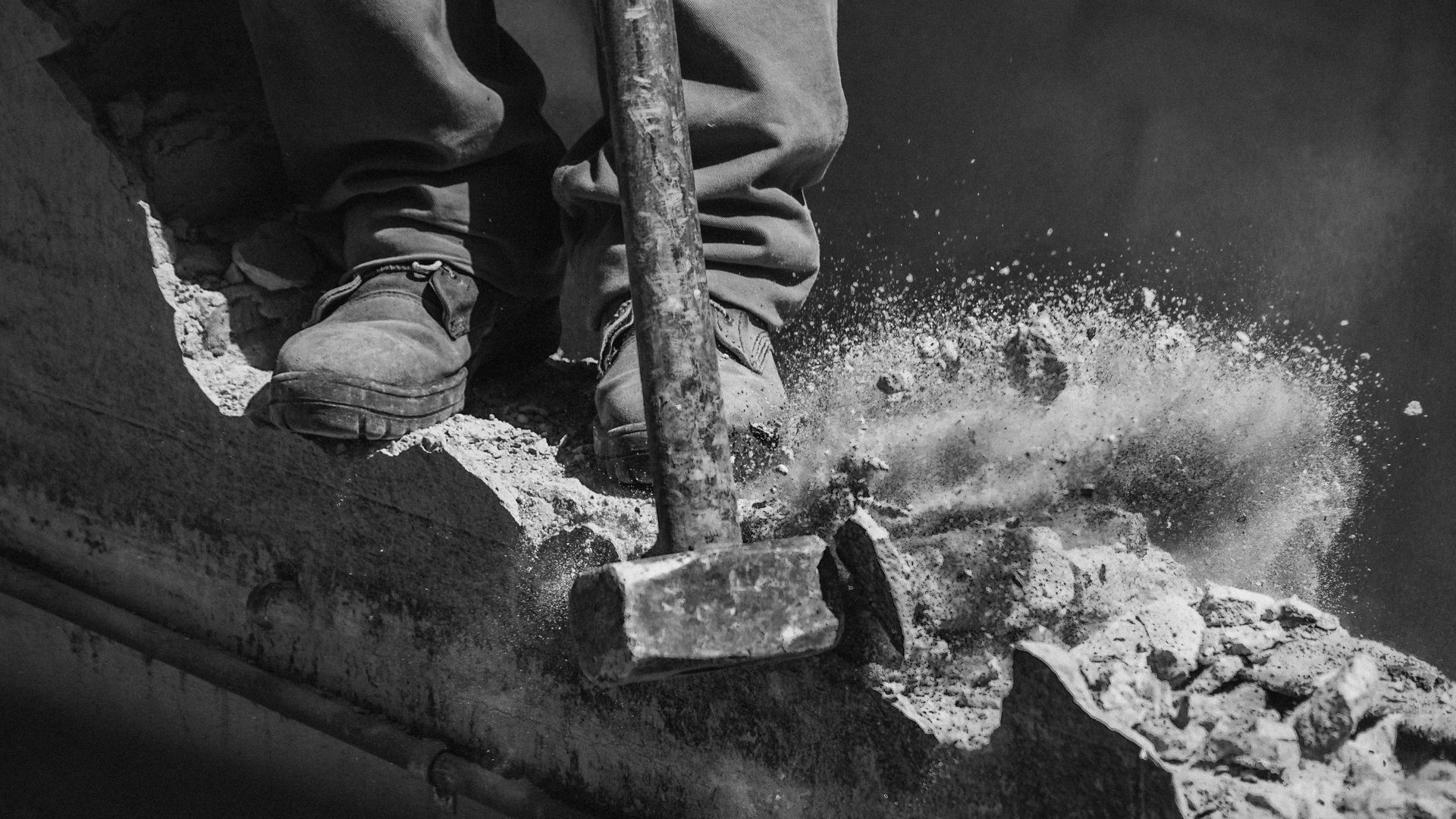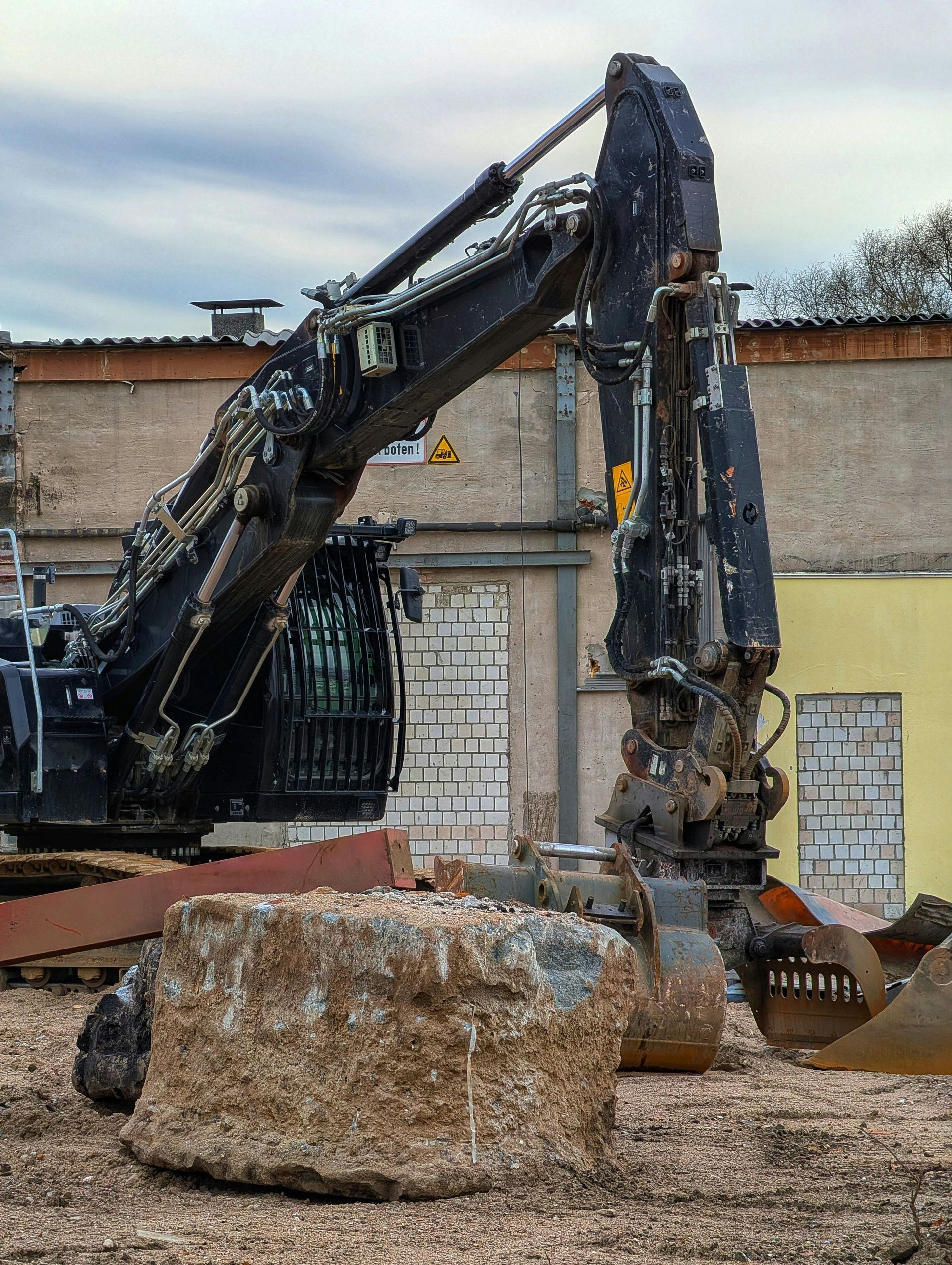In this blog post, we’ll explore the exciting trends and innovations shaping the demolition industry and how they’re transforming the way we tear down and rebuild.
1. Sustainability and Green Demolition
As concerns about climate change and environmental impact continue to grow, sustainability has become a top priority in the demolition industry. Green demolition, also known as deconstruction, is an approach that emphasizes recycling, reusing materials, and reducing waste, rather than simply tearing down and discarding everything.
Why Sustainability Matters
Reducing Landfill Waste: Traditional demolition methods result in large amounts of waste being sent to landfills. Green demolition minimizes this waste by salvaging reusable materials like wood, bricks, steel, and concrete.
Energy Conservation: By reusing building materials, the energy required to produce new materials is reduced, leading to a smaller carbon footprint.
Toxic Material Disposal: Sustainable demolition focuses on safely removing hazardous materials like asbestos, lead, and mold, ensuring that these substances do not harm the environment.
At First Step Demolition, we prioritize sustainability by recycling and reusing as much material as possible from each project. Our team works to reduce waste and minimize the environmental impact of every demolition job.
2. Robotics and Automation in Demolition
Technology has revolutionized many industries, and demolition is no exception. One of the most exciting innovations in demolition is the use of
robotics and automation. These technologies are enhancing the safety, precision, and efficiency of demolition projects.
Key Innovations in Robotic Demolition
Remote-Controlled Demolition Robots: These compact, powerful machines can perform tasks like concrete breaking, steel cutting, and even interior demolition in confined spaces. They are especially useful in hazardous environments where human workers would be at risk.
Drones for Inspection: Drones equipped with high-resolution cameras and sensors are used to inspect and assess buildings before demolition. They can identify structural weaknesses, detect hazardous materials, and provide real-time data for planning the demolition.
Autonomous Machinery: Some demolition projects now employ autonomous machines that can operate independently, reducing the need for human intervention and increasing safety on site.
These innovations not only make demolition safer but also faster and more efficient, saving time and reducing costs.
3. 3D Scanning and Virtual Reality (VR) for Site Assessment
Before demolition begins, a comprehensive site assessment is crucial to ensure that everything is planned properly.
Traditional methods of assessment
are being replaced by cutting-edge 3D scanning and Virtual Reality (VR) technology, providing a more accurate and detailed view of the building’s structure.
How 3D Scanning and VR Are Changing Demolition
3D Scanning: Laser scanners are used to create highly accurate 3D models of buildings. This data helps contractors identify potential hazards, plan demolition sequences, and assess the structural integrity of the building.
Virtual Reality (VR): Using VR, demolition teams can “walk through” a digital replica of the building before any physical work is done. This allows them to identify challenges or hazards in advance and develop more precise demolition plans.
Real-Time Data Analysis: Combining 3D scanning with AI and cloud computing allows for real-time data analysis, enabling demolition teams to adapt their approach based on live updates.
These technologies help reduce errors, improve safety, and streamline the demolition process, making it more precise and efficient.
4. Hydraulic and High-Reach Demolition Equipment
In the past, demolition involved heavy machinery like bulldozers and wrecking balls, which could be inefficient and sometimes unsafe. Today, hydraulic equipment and high-reach demolition machines are being used to bring down buildings in a more controlled and efficient manner.
Benefits of Hydraulic and High-Reach Equipment
Precision and Control: Hydraulic machines offer better control over the demolition process, allowing for a more targeted and precise breakdown of structures.
Higher Safety Standards: High-reach machines enable operators to demolish tall buildings from a safe distance, preventing injury and damage to surrounding areas.
Reduced Noise and Vibration: These machines tend to produce less noise and vibration compared to older methods, which helps minimize disruption to neighboring properties and communities.
At First Step Demolition, we use state-of-the-art hydraulic and high-reach equipment to carry out safe, efficient, and controlled demolitions. This advanced equipment allows us to complete projects faster and with minimal environmental impact.
5. Advanced Waste Management and Recycling
Efficient waste management is a growing trend in the demolition industry, as more emphasis is placed on reducing waste and increasing recycling. Demolition projects often generate significant amounts of material waste, but with modern practices, much of this can be repurposed for new construction or other industries.
Recycling in Demolition
Concrete
Recycling: Concrete from demolished buildings can be crushed and reused in new construction projects, reducing the need for virgin materials.
Wood, Metal, and Steel: These materials can be salvaged, refurbished, and reused in various industries, including construction and manufacturing.
Mixed Material Sorting: New technologies now allow for more effective sorting and recycling of mixed materials, ensuring that nothing goes to waste unnecessarily.
By adopting advanced recycling techniques, the demolition industry is reducing its environmental footprint and helping to create a more sustainable future.
6. Smart Demolition with Artificial Intelligence (AI)
The use of artificial intelligence (AI) is becoming increasingly common in the demolition industry, allowing for smarter, data-driven decision-making. AI-powered software can assist in a variety of ways, from project planning to waste management.
How AI is Shaping Demolition
Predictive Analytics: AI can analyze historical data and trends to predict the most efficient demolition methods, helping contractors plan projects more effectively.
Automated Machinery: AI is helping make demolition machinery smarter. Machines can now detect and adapt to changes in the environment, such as structural shifts or the presence of hazardous materials, without the need for constant human intervention.
Optimization of Resources: AI can help optimize the allocation of resources, from labor to machinery, ensuring that each project is completed as efficiently as possible.
AI technology is making demolition safer, faster, and more cost-effective by minimizing human error and maximizing efficiency.
7. Modular Demolition: A Focus on Deconstruction
In response to growing environmental concerns, some demolition projects are shifting from traditional full-scale demolition to modular deconstruction, which focuses on carefully taking apart buildings piece by piece to reuse or repurpose materials.
What is Modular Deconstruction?
Deconstructing instead of demolishing: Rather than knocking down entire buildings, modular deconstruction involves disassembling the building in a way that allows valuable materials (e.g., wood, metals, windows) to be reused or sold.
Sustainability Focus: Modular deconstruction allows for a higher percentage of materials to be reused or recycled, greatly reducing the environmental impact of demolition projects.
Cost-Effective: While it may take longer, modular deconstruction can be more cost-effective in the long run, especially when valuable materials are salvaged and reused.
Conclusion: A Greener, Safer, and More Efficient Future
The future of demolition is brighter than ever, thanks to cutting-edge innovations and a shift towards more sustainable, efficient, and safer practices. From robotic machinery and AI to green demolition and recycling, the industry is evolving to meet the demands of a modern, eco-conscious world.
At First Step Demolition, we embrace these innovations to provide the highest standard of demolition services while minimizing
environmental
impact. Whether you're tackling a small residential project or a large-scale commercial demolition, we are committed to delivering safe, efficient, and sustainable solutions for every job.











